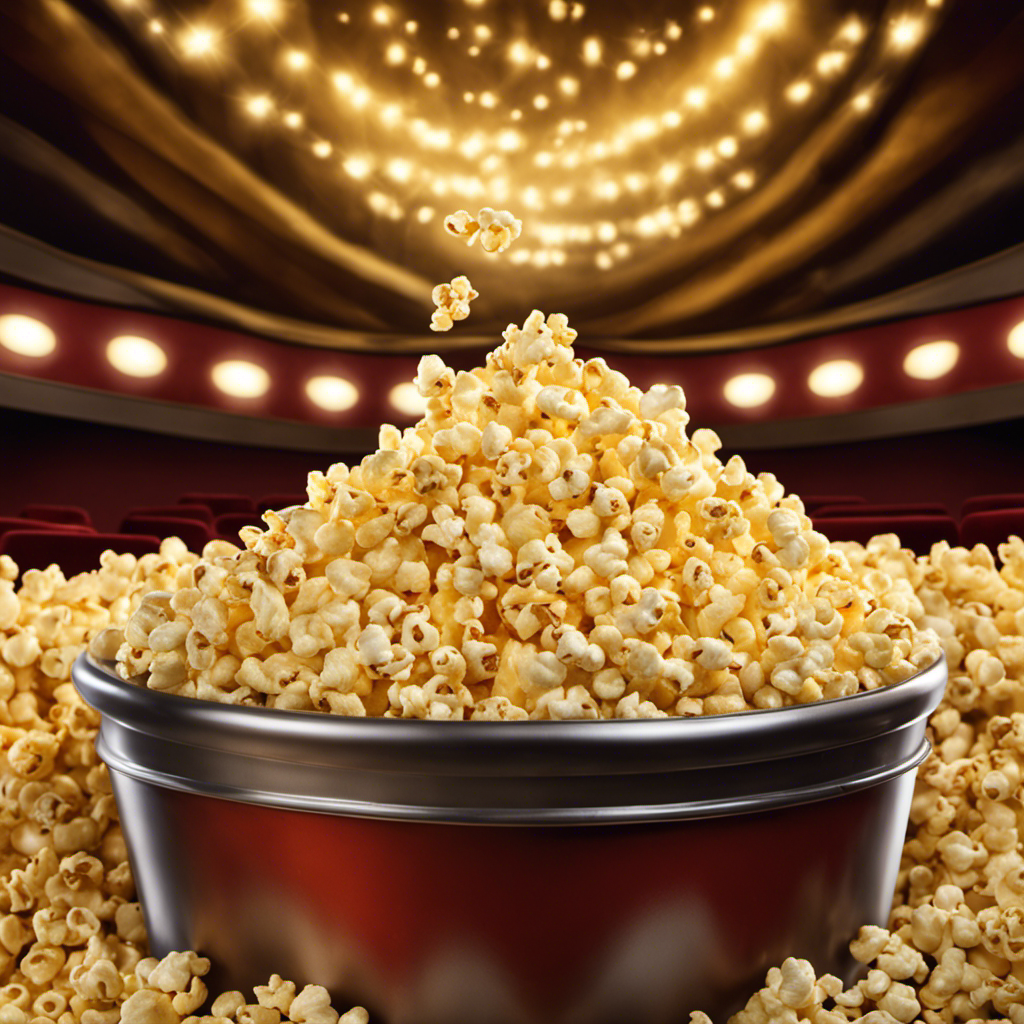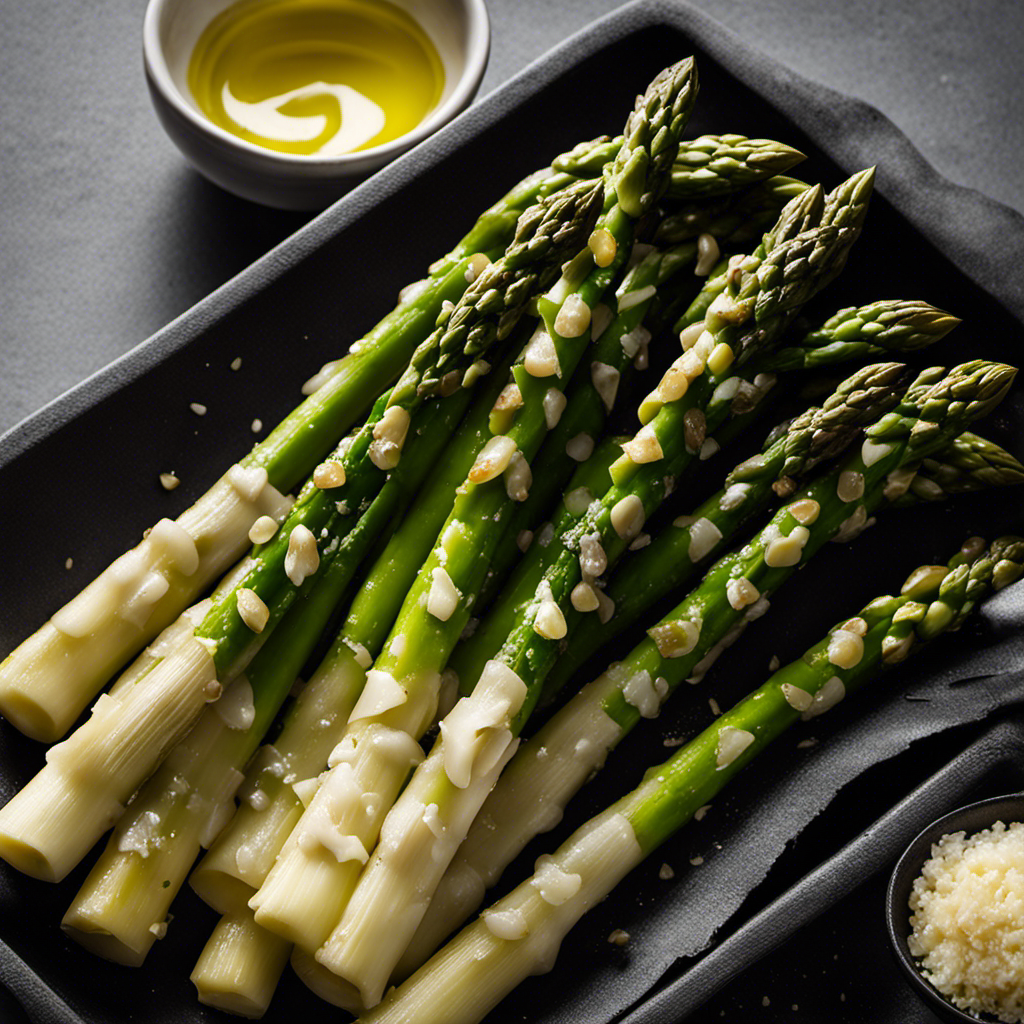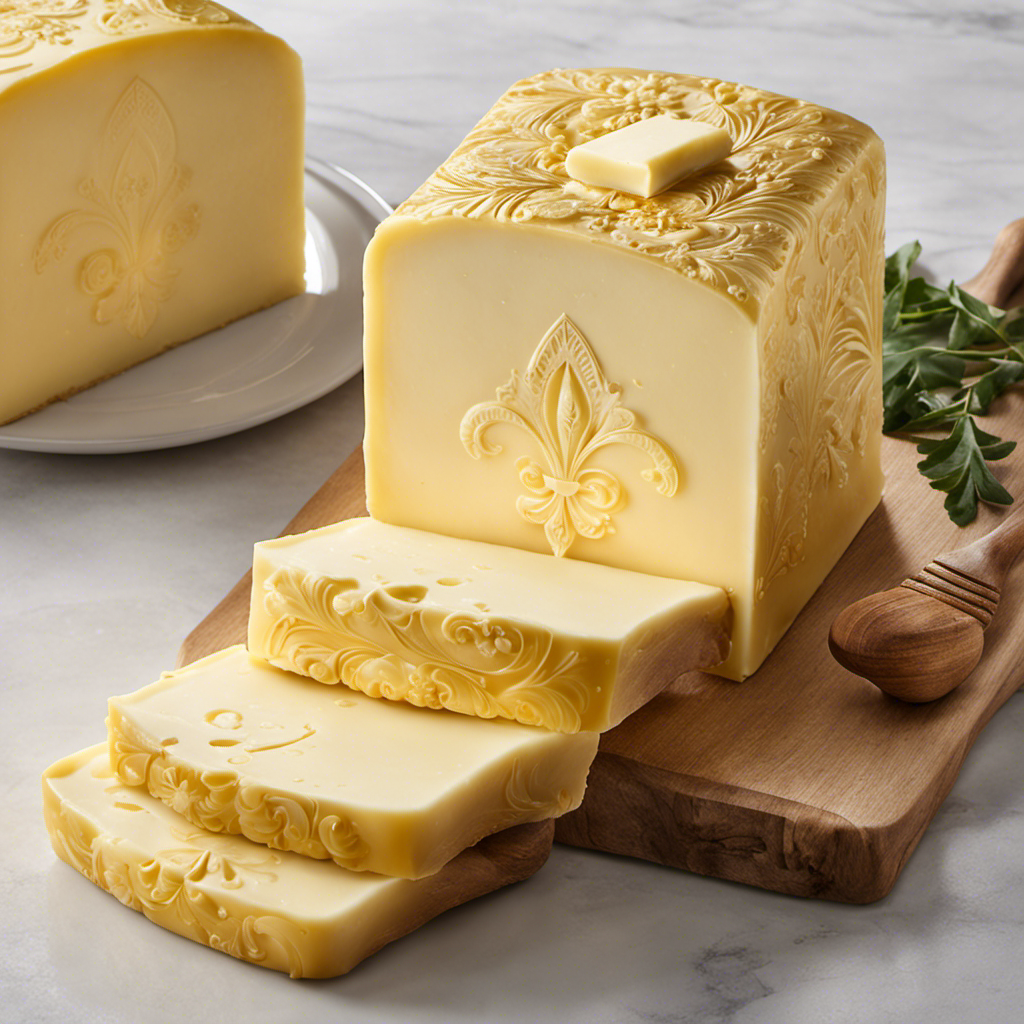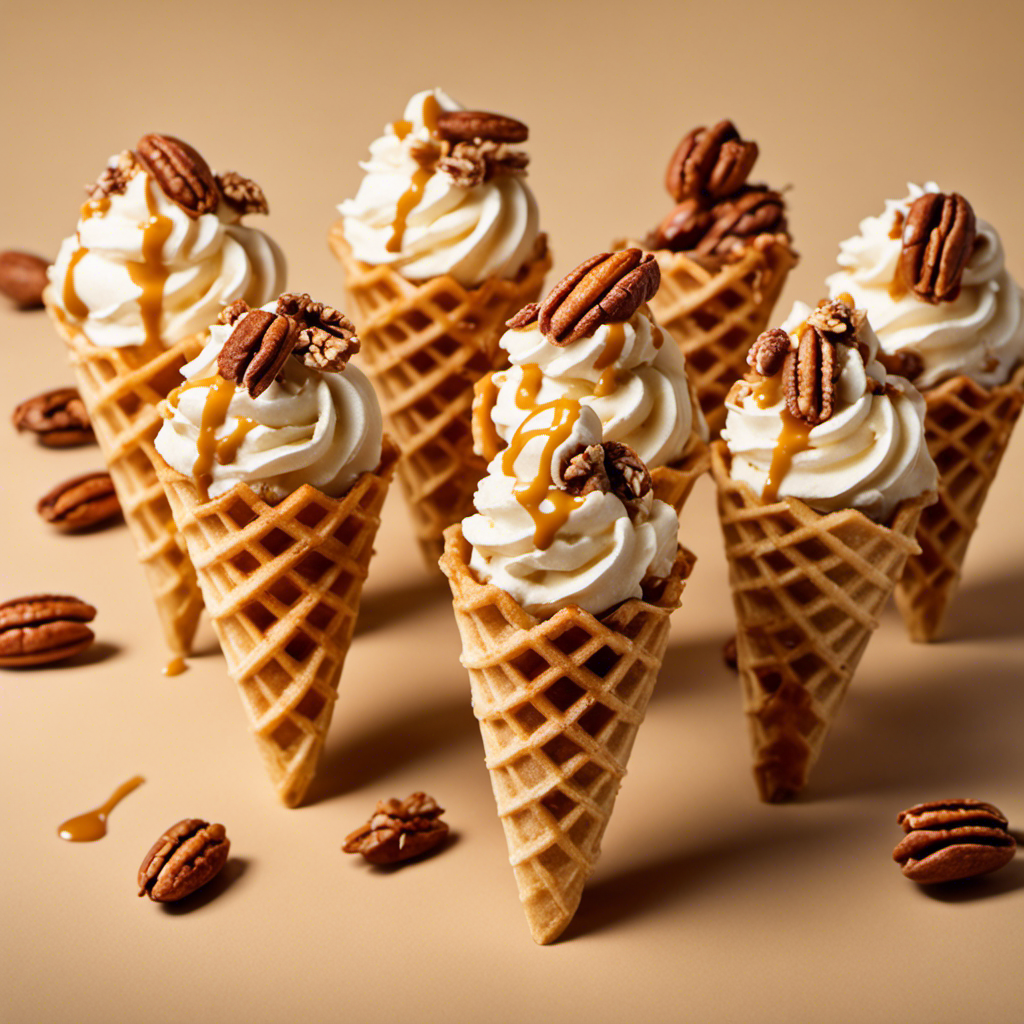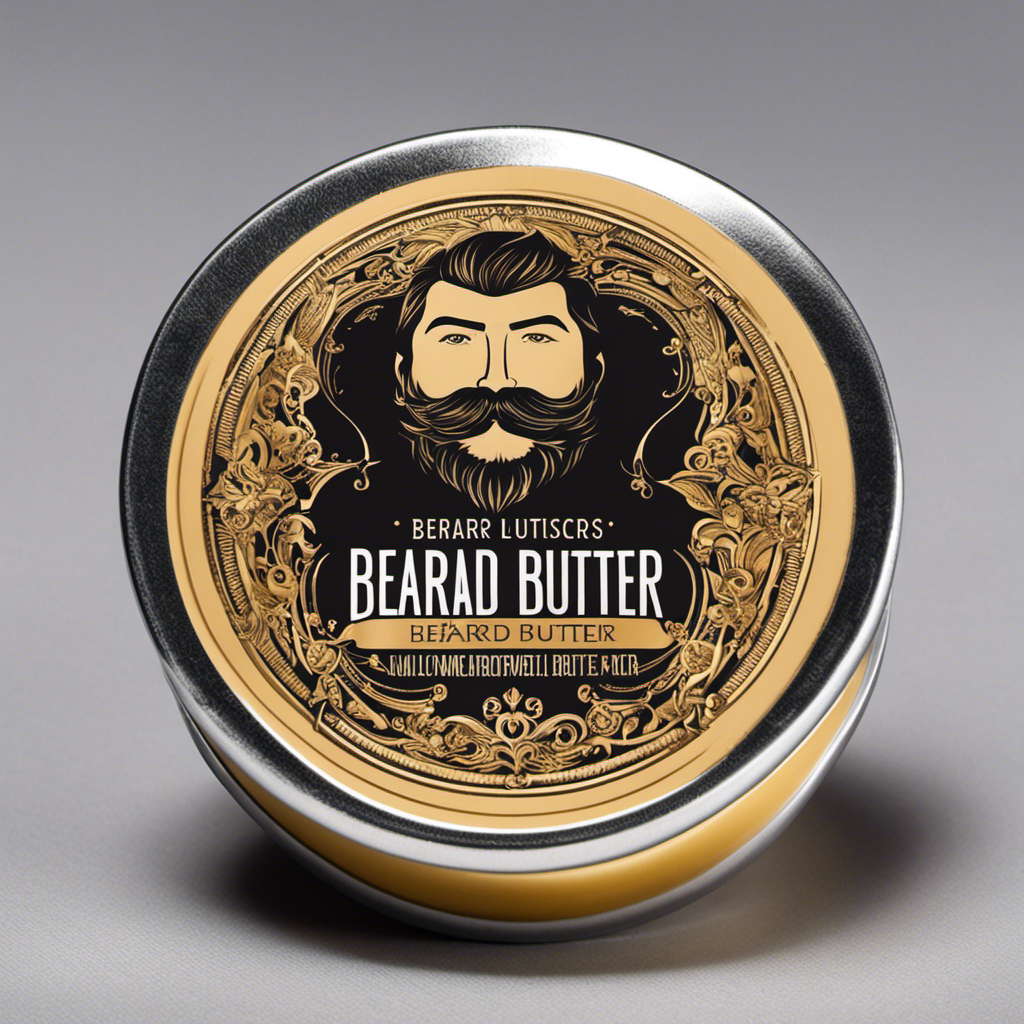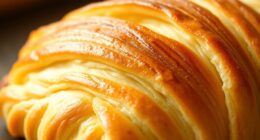As a lover of movies, the captivating ambiance of going to a movie theater has always had a unique appeal for me. Moreover, the enticing aroma and taste of movie theater butter greatly heighten my experience of watching films.
In this article, we’ll delve into the origins, ingredients, and controversies surrounding this delectable treat. Join me as we uncover the secrets behind the irresistible allure of movie theater butter and explore its future in the world of snacking.
Key Takeaways
- Movie theater butter originated from the desire to enhance the flavor of popcorn at the cinema and has become culturally significant.
- Movie theater butter is high in saturated fat and cholesterol, which can have health implications and increase the risk of heart disease.
- Movie theater butter has a creamy and velvety texture that adds a delicious taste and a luxurious experience to snacking.
- Movie theater butter differs from regular butter in terms of flavor, texture, nutritional value, and cultural significance.
The Origins of Movie Theater Butter
Did you know that movie theater butter actually originated from the desire to enhance the flavor of popcorn at the cinema?
It’s fascinating to learn about the origins and history of this delicious topping.
Movie theater butter was first introduced in the early 20th century when popcorn became a popular snack at movie theaters. The theaters wanted to find a way to make their popcorn stand out and provide a unique experience for their customers.
They started experimenting with different types of butter and seasonings to create a rich and savory flavor that would complement the popcorn perfectly. This resulted in the creation of movie theater butter, a creamy and buttery topping that has since become synonymous with enjoying a movie.
Now, let’s dive into the ingredients of movie theater butter.
The Ingredients of Movie Theater Butter
When it comes to the age-old debate of butter versus margarine, I’ve always been firmly on team butter. The rich, creamy flavor, the way it melts on warm toast – there’s just no substitute.
However, I can’t deny the health implications of butter and its high saturated fat content. It’s a constant battle between my taste buds and my desire to make healthier choices.
Butter Vs. Margarine
If you want a healthier option, you should consider using margarine instead of butter. While butter may be delicious and add a rich flavor to dishes, it also comes with health implications. Butter is high in saturated fat and cholesterol, which can increase the risk of heart disease and raise bad cholesterol levels. On the other hand, margarine is made from vegetable oils and contains unsaturated fats, which can be beneficial for heart health. To help you understand the differences between butter and margarine, here is a table comparing their nutritional content:
| Butter | Margarine | |
|---|---|---|
| Saturated | High | Low |
| Trans | Yes | No |
| Cholesterol | Yes | No |
As you can see, margarine is a healthier choice as it contains lower levels of saturated fat, no trans fats, and no cholesterol. Transitioning into the next section, let’s explore the health implications of butter in more detail.
Health Implications of Butter
Butter’s high levels of saturated fat and cholesterol can have negative effects on heart health. It’s important to be aware of the potential health risks associated with its consumption. Here are three key points to consider:
-
Increased risk of heart disease: The saturated fat in butter can raise levels of LDL cholesterol, which is known as the ‘bad’ cholesterol. This can lead to the buildup of plaque in the arteries, increasing the risk of heart disease.
-
Weight gain: Butter is calorie-dense and can contribute to weight gain if consumed in excess. It’s important to be mindful of portion sizes to maintain a healthy weight.
-
Limited nutritional value: Although butter does contain small amounts of vitamins A, D, and E, it lacks other important nutrients like fiber and essential fatty acids. Choosing healthier alternatives, such as olive oil or avocado, can provide more nutritional benefits.
The Popularity of Movie Theater Butter
Popcorn with movie theater butter is a popular snack choice among moviegoers. The marketing strategies of movie theater butter have played a significant role in its widespread popularity. The enticing aroma of freshly popped popcorn wafts through the theater, drawing people in with its irresistible scent.
Theaters strategically place butter dispensers near the concession stands, making it convenient for patrons to add a generous amount of butter to their popcorn. The cultural significance of movie theater butter cannot be overlooked either. It has become synonymous with the moviegoing experience, evoking memories of laughter, excitement, and indulgence.
As the lights dim and the movie begins, the buttery flavor of the popcorn adds an extra layer of enjoyment to the cinematic journey. It enhances the overall experience, making it even more memorable. Speaking of flavor, let’s now delve into the tantalizing taste of movie theater butter.
The Taste of Movie Theater Butter
As I dive deeper into the world of movie theater butter, I can’t help but marvel at its rich history and cultural significance.
The history of movie theater butter dates back to the early 20th century when theaters started serving popcorn as a snack. To enhance its flavor, they began topping it with melted butter, creating a delightful treat for moviegoers.
Movie theater butter has become a staple in cinema culture, symbolizing the indulgence and enjoyment of watching movies on the big screen. Its mouthwatering aroma and velvety texture evoke a sense of nostalgia and anticipation.
The cultural significance of movie theater butter extends beyond the theater walls. It has become synonymous with movie nights at home, family gatherings, and even sporting events. Its presence brings people together, fostering a sense of shared experience and enjoyment.
Whether you prefer a light drizzle or a generous dousing, movie theater butter adds that extra touch of decadence to any popcorn, making it a true movie-watching essential.
The Texture of Movie Theater Butter
I can’t resist the creamy and velvety texture of movie theater butter. It’s like a blanket of indulgence that coats each kernel of popcorn, creating a mouthwatering experience with every bite. The texture is smooth and decadent, melting effortlessly onto the popcorn, enhancing its flavor and adding a richness that is hard to replicate. Movie theater butter is the best popcorn seasoning because it not only adds a delicious taste, but also a luxurious texture that elevates the entire snacking experience.
To emphasize the point, here is a table showcasing the key characteristics of movie theater butter:
| Aspect | Description |
|---|---|
| Creaminess | Smooth and velvety |
| Coating Power | Covers each kernel |
| Melting Ability | Effortlessly melts |
Next time you’re at the movies or enjoying a movie night at home, don’t forget to indulge in the irresistible texture of movie theater butter on your popcorn. It’s the perfect seasoning to take your snacking experience to the next level.
The Benefits of Movie Theater Butter
When it comes to enjoying a movie at the theater, one of the key reasons I always reach for the movie theater butter is because of its rich flavor enhancement. The butter adds a deliciously creamy and savory taste to every bite of popcorn, elevating the overall movie-watching experience.
Not only does it enhance the flavor, but it also serves as the perfect popcorn topping, providing a satisfyingly buttery and indulgent treat.
Rich Flavor Enhancement
You’ll love how movie theater butter adds a rich flavor enhancement to your popcorn. It’s like a burst of savory delight that takes your taste buds on a flavorful journey.
Here are three reasons why movie theater butter is the ultimate enhancement for your popcorn:
-
Creamy Texture: Movie theater butter melts perfectly on your popcorn, creating a smooth and velvety coating that adds a luxurious touch. Each kernel becomes a vessel of buttery goodness, making every bite an indulgent experience.
-
Irresistible Taste: The rich flavor of movie theater butter is unmatched. It adds a deliciously savory note to your popcorn, elevating its taste to new heights. The buttery goodness enhances the natural flavors of the popcorn, creating a harmonious balance that is simply irresistible.
-
Nostalgic Experience: There’s something magical about the aroma and taste of movie theater butter. It transports you back to the excitement of watching a film on the big screen, creating a nostalgic experience that enhances the joy of snacking on popcorn.
Perfect Popcorn Topping
For a perfect popcorn topping, try drizzling on some melted butter. It adds a rich and savory flavor that enhances the taste of every kernel.
Movie theater butter is a classic choice when it comes to topping popcorn, and it’s surprisingly easy to make at home. To make your own movie theater butter, start by melting a stick of unsalted butter in a saucepan over low heat. Once melted, remove from heat and let it cool slightly. Then, drizzle the melted butter over your popcorn and toss it gently to ensure an even coating.
The history of popcorn dates back thousands of years, and it has become a beloved snack enjoyed by people all over the world. But there’s something special about that movie theater butter that takes popcorn to the next level.
The Differences Between Movie Theater Butter and Regular Butter
If you want to know the differences between movie theater butter and regular butter, it’s important to understand their distinct flavors and textures.
-
Flavor: Movie theater butter has a rich, savory taste that is specifically designed to enhance the flavor of popcorn. It has a slightly salty and buttery flavor that adds a delicious layer of indulgence to every bite.
-
Texture: Movie theater butter is typically a liquid form of butter that is drizzled over popcorn. It has a smooth and silky texture that evenly coats each kernel, ensuring that every bite is perfectly flavored. Regular butter, on the other hand, is solid and must be melted before it can be easily spread onto popcorn.
-
Nutritional Value and Cultural Significance: Movie theater butter is often considered a guilty pleasure due to its high fat and calorie content. However, it is an integral part of the movie theater experience and holds a cultural significance as the classic topping for popcorn at cinemas worldwide. Its indulgent flavor and texture make it a beloved treat that enhances the enjoyment of watching movies on the big screen.
The Use of Movie Theater Butter Outside of Movie Theaters
When it comes to enjoying a movie night at home, there’s nothing quite like having a big bowl of buttery popcorn.
However, if you’re looking for alternatives to traditional popcorn butter, there are plenty of options to explore. From flavored oils to vegan spreads, there are endless possibilities to add a delicious twist to your movie snack.
Additionally, if you’re craving that classic movie theater butter taste, you can even make your own homemade version to take your movie night to the next level.
Popcorn Butter Alternatives
There’s a variety of popcorn butter alternatives to choose from. As a popcorn enthusiast, I have tried numerous options to enhance the flavor of my favorite snack. Here are three alternatives that I highly recommend:
-
Popcorn Seasoning: Instead of using traditional butter, try sprinkling popcorn seasoning on your kernels. This adds a burst of flavor without the added fat and calories. There are countless seasoning options available, from spicy nacho to sweet caramel.
-
Vegan Butter Alternatives: For those following a vegan lifestyle, there are several plant-based butter alternatives that can be used on popcorn. These alternatives are made from ingredients like coconut oil or nutritional yeast and provide a rich and creamy taste.
-
Flavored Oils: Another option is to use flavored oils, such as truffle oil or olive oil infused with herbs and spices. These oils add a unique and gourmet touch to your popcorn, elevating it to a whole new level.
Experiment with these alternatives to find your favorite popcorn butter substitute. Enjoy the deliciousness guilt-free!
Butter-Flavored Snack Options
You can try out various butter-flavored snack options to satisfy your cravings for a rich and savory taste.
When it comes to butter alternatives, there are plenty of homemade recipes you can experiment with. One option is to make your own butter-flavored popcorn at home. Simply melt some butter and mix it with a sprinkle of salt and other seasonings like garlic powder or Parmesan cheese. Toss it with freshly popped popcorn and you have a delicious, buttery snack.
Another option is to try butter-flavored pretzels. These crunchy treats are coated in a buttery seasoning that will make your taste buds dance.
Whether you’re snacking on popcorn or pretzels, these butter-flavored options are sure to satisfy your cravings for that rich and savory taste.
Homemade Movie Theater Butter
If you’re craving a rich and savory taste, try making your own homemade buttery seasoning to elevate your snacks. It’s a simple and delicious way to add a burst of flavor to your popcorn or other treats.
Here are three homemade alternatives to explore:
-
Garlic Parmesan: Mix melted butter with grated Parmesan cheese and minced garlic for a bold and cheesy seasoning.
-
Spicy Ranch: Combine melted butter with ranch seasoning and a dash of cayenne pepper for a tangy and fiery kick.
-
Cinnamon Sugar: Melt butter and mix it with cinnamon and sugar for a sweet and comforting topping.
These homemade options provide endless opportunities to customize your snack experience.
Now, let’s delve into the controversies surrounding movie theater butter and discover the secrets behind its unique taste.
The Controversies Surrounding Movie Theater Butter
One of the controversies surrounding movie theater butter is its high calorie and saturated fat content. Despite its popularity as a topping for popcorn, many people are concerned about the health implications of consuming large amounts of this butter.
The marketing of movie theater butter has been controversial, as it is often promoted as a delicious and indulgent treat without highlighting its negative nutritional aspects. This has led to debates about the responsibility of companies in promoting unhealthy food choices.
Health concerns arise due to the potential impact on cholesterol levels and the increased risk of heart disease associated with the excessive consumption of saturated fats. However, it is important to note that moderation is key, and enjoying movie theater butter as an occasional treat can still be part of a balanced diet.
Now, let’s explore the alternatives to movie theater butter.
The Alternatives to Movie Theater Butter
There are several healthy alternatives to movie theater butter that can be used as a delicious topping for popcorn. As a popcorn enthusiast, I have explored different options and discovered three fantastic alternatives that not only provide a burst of flavor but also offer health benefits.
Here are my top picks:
-
Nutritional yeast: This savory and cheesy substitute is packed with essential vitamins and minerals. It adds a delightful umami flavor to your popcorn while also providing a dose of B vitamins and protein.
-
Olive oil: Drizzling some extra virgin olive oil over your popcorn can be a game-changer. Not only does it give a subtle fruity taste, but it also contains heart-healthy monounsaturated fats and antioxidants.
-
Herbs and spices: Experimenting with different herbs and spices can elevate your popcorn experience. Try sprinkling some garlic powder, paprika, or even a dash of cinnamon for a unique and flavorful twist.
The Future of Movie Theater Butter
To enhance your popcorn experience in the future, consider exploring alternative toppings that offer both flavor and health benefits.
As a popcorn enthusiast, I am always on the lookout for new and exciting ways to enjoy this classic snack. In recent years, the market has seen a surge in innovative toppings that cater to different dietary preferences and health-conscious individuals.
One of the future innovations that I am particularly excited about is the introduction of plant-based butter alternatives. These alternatives are not only delicious but also offer health benefits such as being cholesterol-free and lower in saturated fats.
With the growing demand for healthier options, it is no surprise that market trends are leaning towards more natural and nutritious popcorn toppings. So, why not try some of these future innovations and elevate your popcorn game to a whole new level?
Frequently Asked Questions
How Many Calories Does Movie Theater Butter Contain?
Movie theater butter is a popular topping for popcorn, but it’s important to be mindful of its calorie content. While it adds a rich and indulgent flavor, movie theater butter can be high in calories, so it’s best to enjoy it in moderation.
Can Movie Theater Butter Be Used for Cooking or Baking?
Movie theater butter is not typically used for cooking or baking. It is a specific type of butter flavored topping designed for popcorn. However, there are alternative uses for it, such as drizzling over vegetables or adding flavor to sauces.
Is Movie Theater Butter Suitable for People With Lactose Intolerance?
Yes, movie theater butter is made with real butter. However, it may not be suitable for people with lactose intolerance as it contains dairy. It is also important to note that movie theater butter is not gluten free.
Are There Any Health Concerns Associated With Consuming Movie Theater Butter?
There are no significant health concerns associated with consuming movie theater butter. However, it’s important to note that it is high in saturated fat. If you’re looking for healthier options, consider using alternatives like olive oil or air-popped popcorn.
Can Movie Theater Butter Be Purchased for Home Use?
Using movie theater butter for popcorn at home has its benefits. The taste is distinct, richer than regular butter. It gives the popcorn that authentic, indulgent flavor you get at the theater. It’s a game-changer for movie nights.
Conclusion
In conclusion, movie theater butter is a delicious and indulgent treat that adds a special touch to our movie-watching experience. Its origins can be traced back to the early days of cinema, and its popularity has only grown over the years.
The rich and creamy taste, combined with the smooth and velvety texture, creates a truly irresistible combination. Whether enjoyed at the movies or in the comfort of our own homes, movie theater butter adds a touch of magic to any snack.
So, next time you sit down to watch a film, why not indulge in some movie theater butter popcorn and let the flavors transport you to the big screen?
